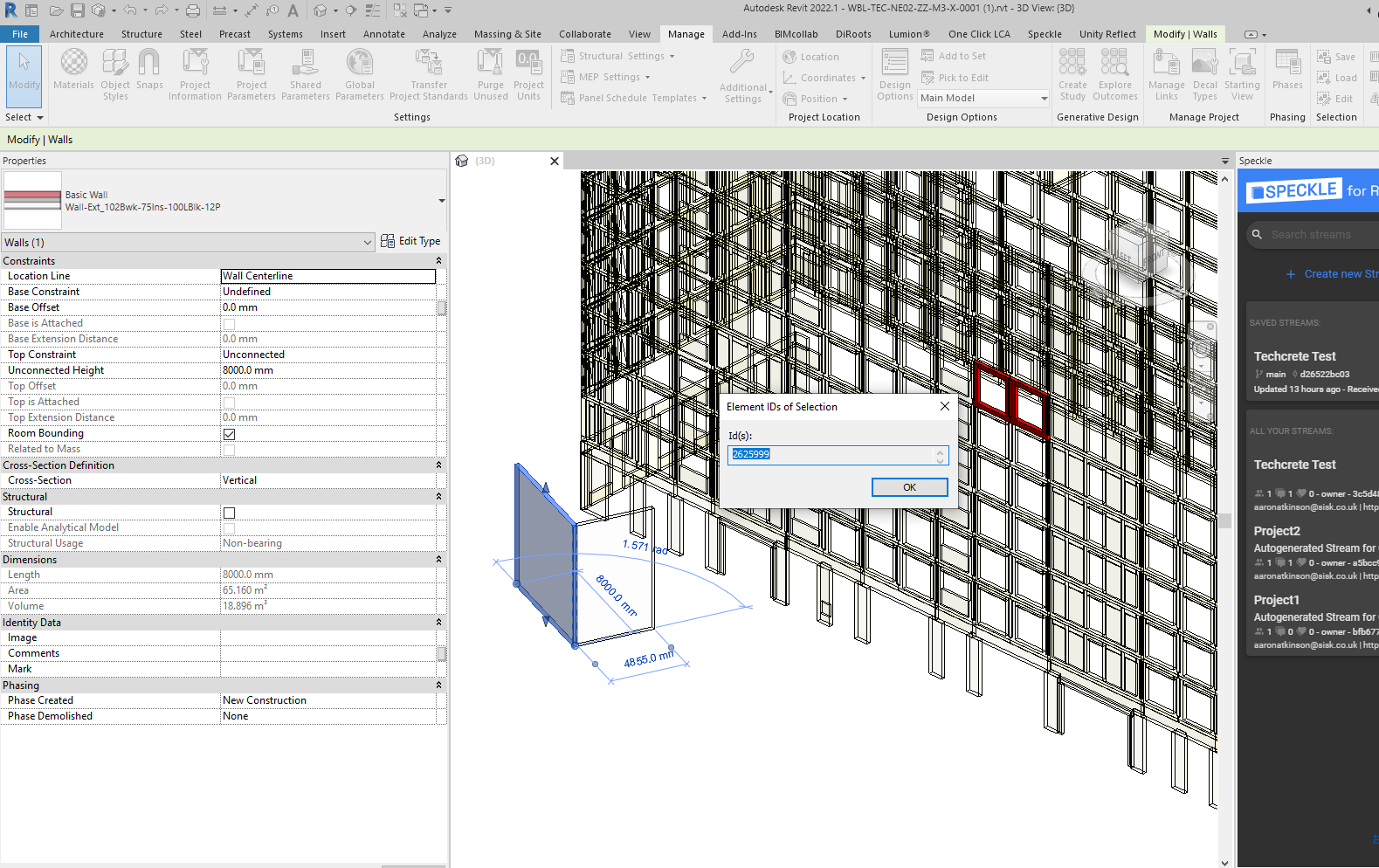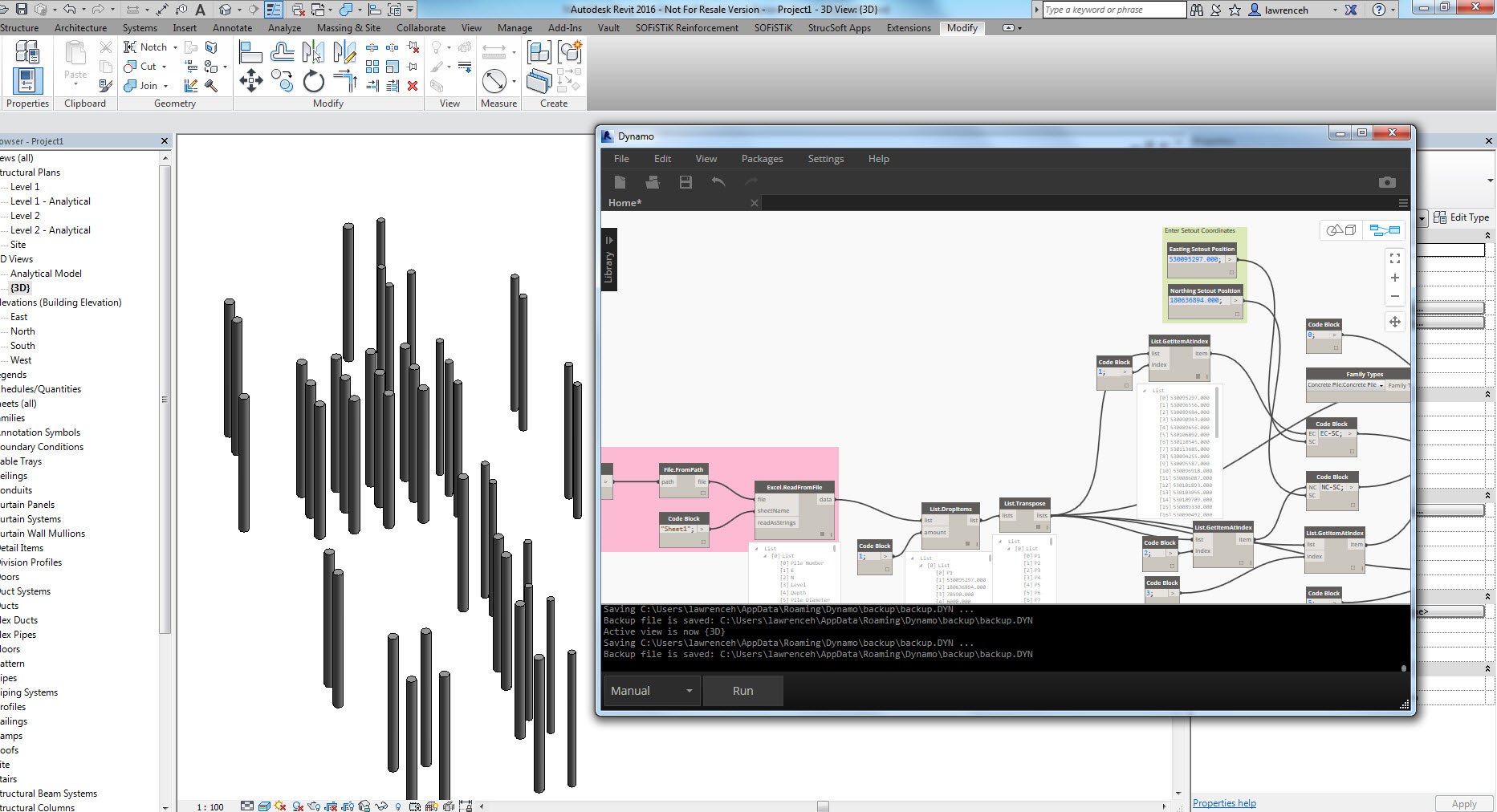Revit Tool Arsenal: Boost Your Layout Abilities
Wiki Article
Revit Accelerator: Excel Integration Strategies for Enhancing Efficiency and Collaboration
Are you looking to enhance your efficiency and collaboration while making use of Revit? Look no more! In this article, we will certainly check out the advantages of incorporating Excel into your Revit operations. Discover how you can simplify your processes, make the most of collaboration, and also learn sophisticated techniques for boosting productivity. Plus, we will certainly share finest methods for seamlessly incorporating Excel right into your Revit jobs. Get all set to supercharge your Revit experience with our Revit Accelerator: Excel Assimilation Techniques!Benefits of Excel Assimilation in Revit
The advantages of Excel integration in Revit are many and can greatly improve efficiency and cooperation. By seamlessly linking these 2 effective devices, you can streamline your process and conserve beneficial time. With Excel integration, you can quickly import and export data in between Revit and Excel, allowing you to leverage the toughness of both programs.
An additional advantage of Excel assimilation is the capacity to develop vibrant schedules and reports. By linking your Revit model to an Excel spreadsheet, any changes made in Revit will automatically update in the corresponding Excel file. This makes it simple to produce updated routines, quantity takeoffs, and other job paperwork.
Excel combination in Revit likewise allows much better partnership among staff member. With the capability to import and export data, you can easily share information with colleagues that might not have accessibility to Revit. This promotes efficient communication and enables far better sychronisation and decision-making.
Enhancing Process With Revit and Excel
Improving process with Revit and Excel can substantially enhance effectiveness and partnership. By incorporating these 2 powerful devices, you can maximize your design process and boost communication within your team. With Revit, you can produce 3D versions and generate comprehensive building and design paperwork. Nonetheless, when it comes to information monitoring and evaluation, Excel is the best software. By combining the capabilities of Revit and Excel, you can seamlessly transfer data in between the 2 applications, removing the demand for hand-operated information entry and decreasing the danger of errors.
Using Revit and Excel with each other enables you to take advantage of the strengths of each program - revit tools. You can export data from Revit right into Excel, where you can do complicated calculations, develop graphes and graphs, and evaluate the information in an extra orderly and efficient manner. On the various other hand, you can import data from Excel right into Revit, enabling you to quickly upgrade your models and documents based upon changes made in Excel
The assimilation of Revit and Excel likewise advertises partnership amongst employee. By sharing Excel files, you can conveniently collaborate and interact on style and construction-related information. This boosts sychronisation and makes certain that everybody is collaborating with the most current info.
Optimizing Partnership With Excel and Revit
To optimize cooperation with Excel and Revit, you can seamlessly update and share style and construction-related information with your group. With simply a couple of clicks, you can import Excel spreadsheets into your Revit model, enabling you to quickly accessibility and adjust the information.One of the key advantages of utilizing Master combination with Revit is the capability to upgrade data in both programs at the same time. Any changes made in Excel will automatically be shown in Revit, and vice versa. This ensures that everybody is dealing with one of the most current information, preventing complication and conserving beneficial time.
In addition, Excel gives effective devices for examining and arranging data, which can considerably improve your partnership efforts. You can create personalized records and graphes in Excel, assisting you to imagine and communicate vital job info properly. When presenting data to stakeholders or making educated decisions based on task metrics (revit tool)., this can be especially helpful.
Advanced Techniques for Enhancing Efficiency in Revit Using Excel
By using innovative methods in Revit, you can significantly raise your efficiency by leveraging the power of Excel. One of the crucial techniques for boosting efficiency is by utilizing Excel as an information management device. With Revit's Excel combination feature, you can connect Excel spreadsheets straight to your Revit design, allowing you to conveniently handle and upgrade data. This assimilation enables you to produce schedules, determine amounts, and carry out information analysis effectively.
Furthermore, you can make use of Excel macros to automate repeated jobs in Revit (revit plugins). Macros permit you to record a series of actions and play them back with a single click, conserving you time and initiative. As an example, you can create a macro to immediately produce area timetables or update parameter values in bulk.
Best Practices for Excel Integration in Revit
Utilizing Excel as a data administration tool in Revit enables for effective administration and upgrading of information. By incorporating Excel into your Revit process, you can enhance your processes and enhance efficiency. One of the most effective techniques for Excel assimilation in Revit is to develop a clear and arranged information framework. This suggests making your Excel spread sheets with columns and rows that straighten with the criteria and groups in your Revit task. By doing so, you can quickly import and export information between Revit and Excel without any confusion. An additional ideal method is to utilize formulas and features in Excel to automate estimations and information control. This can save you time and ensure precision in your information administration. Additionally, it is necessary to regularly upgrade your Excel spread sheets and sync them with your Revit project. This way, any kind of modifications made in Revit will be mirrored in your Excel data, and vice versa. By adhering to these ideal methods, you can efficiently utilize Excel as an information management device in Revit and improve your productivity and cooperation.Final Thought
Finally, incorporating Excel with Revit can significantly boost productivity and cooperation in the design process. By simplifying workflows and maximizing revit tool collaboration, groups can work a lot more efficiently and effectively. Advanced strategies, such as using Excel macros and solutions, can even more enhance productivity in Revit. It is important to follow best methods to make sure smooth assimilation and stay clear of any potential issues. By leveraging the power of Excel, Revit users can achieve higher levels of efficiency and partnership in their jobs.With Excel combination, you can quickly import and export data between Revit and Excel, allowing you to leverage the toughness of both programs.
One of the vital benefits of Excel combination is the capability to utilize Excel formulas and features within Revit. By connecting your Revit design to an Excel spreadsheet, any adjustments made in Revit will immediately update in the corresponding Excel documents. On the various other hand, you can import data from Excel into Revit, allowing you to swiftly update your models and documentation based on adjustments made in Excel.
With Revit's Excel combination function, you can link Excel spread sheets directly to your Revit model, permitting you to quickly manage and upgrade data.
Report this wiki page